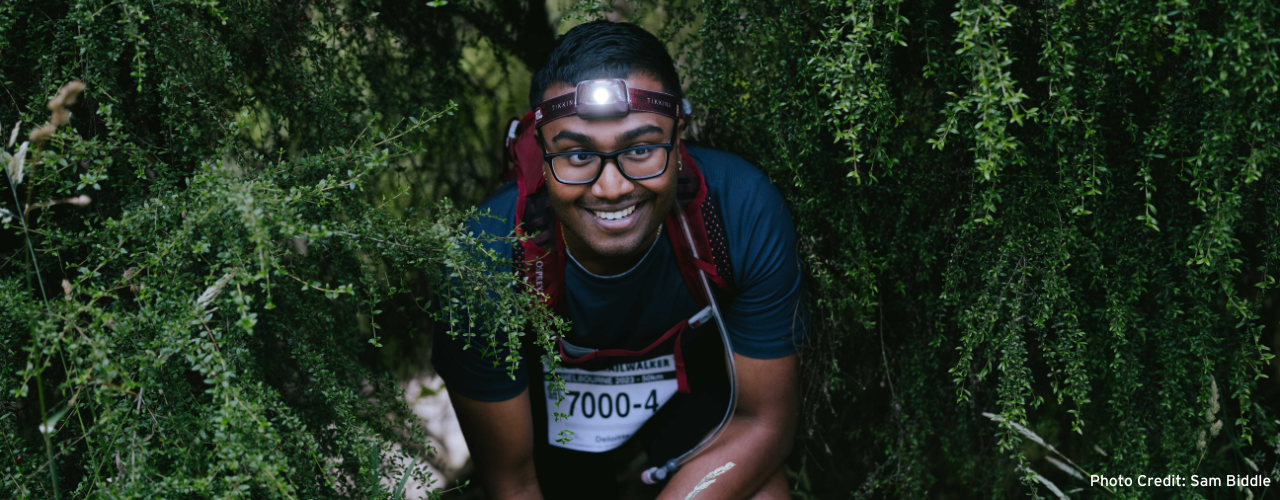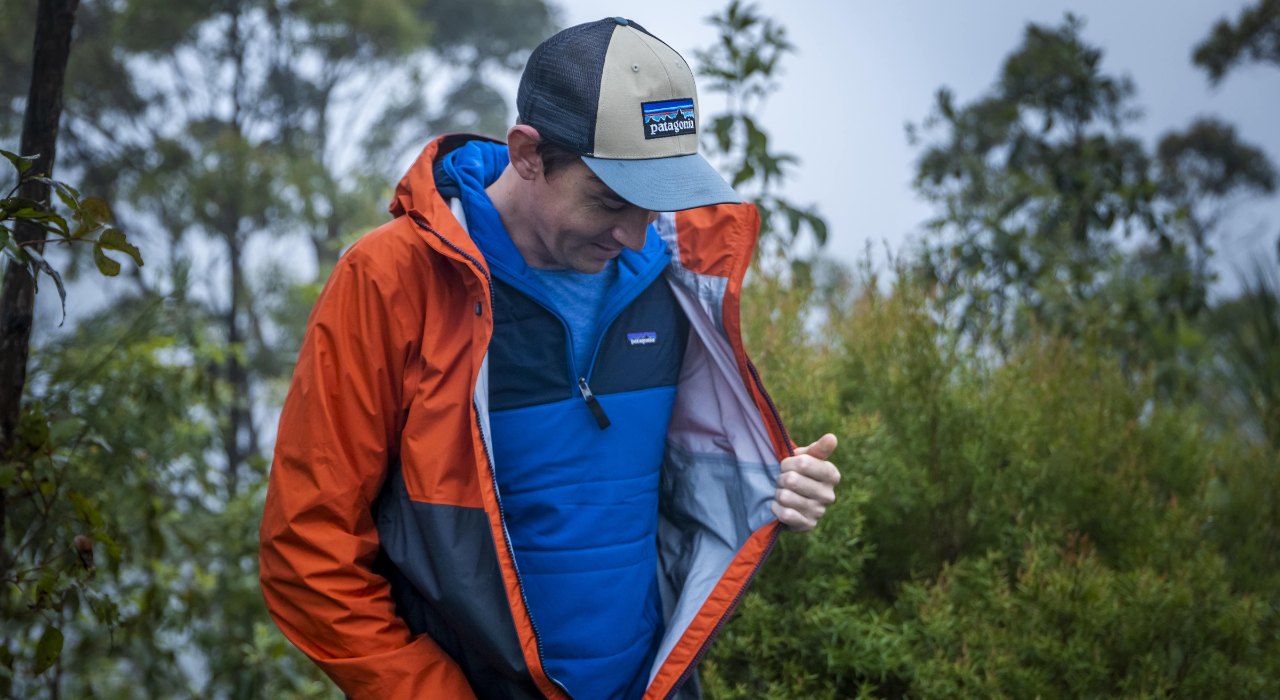- Z


Tips For Night Hiking
Walking at night can feel like an adventure, even when exploring an area you know well by daylight. So to be prepared for the Oxfam Trailwalker event, ensure night-time training walks are on your schedule.
Why hike at night?
It’s amazing how different your favourite hiking spot is at night. A busy trail becomes peaceful as your senses awaken and you feel connected to nature. The stars shine overhead, and you listen to nocturnal animals instead of hearing traffic. Feel free to forget the sunscreen and sunhats. Instead, take advantage of the cooler temperatures in summer, early in the morning or after sunset.
Get familiar with the terrain
At night landmarks won’t be noticeable, so pay attention. It’s easy to miss trail markers and get lost in the pleasure of your walk. Plan your walking route in advance. Take a map or GPS with you, but make sure you know how to use them.
Shine a light on the situation
Head torches keep your hands free and raise the light high, revealing the ground ahead so you can easily see obstacles. A high beam also helps pick out trail markers, which are often reflective.
Choose a lightweight headlamp with a broad beam to show more of the trail ahead. It doesn’t need to be super bright – 350 to 450 lumens are enough for most trails. Check it has an excellent waterproof rating in case the weather turns bad. Some options for head torches can be found on our Lighting page.
When walking with others, be careful not to shine the light in their eyes. A red-light option is useful during breaks when you need less light. It’s also helpful for spotting wildlife without affecting their eyesight.
Start your night walk with fully charged batteries. Know how long your batteries last on full power, and bring enough spares if you’re out all night. Your mobile phone is a helpful backup light, but don’t rely on it for walking, as it should be kept for emergencies.
Watch where you walk
Even with a good head torch, it’s harder to see where you’re walking at night. So keep your eyes up and watch the ground 2–3 metres ahead for upcoming obstacles and slippery surfaces.
Walk in the middle of the trail as debris and gravel build on the edges, becoming a trip hazard. You’re also less likely to get caught in vegetation. After walking all day, it’s easy to develop tunnel vision during your night hike. So be sure to stay alert and keep aware of your surroundings.


Rug up
The temperature drops rapidly as the sun disappears. Even though walking creates warmth, sweat cools you down.
Layer your clothing with a warm, lightweight, and breathable base layer. Look for one made from merino wool or technical synthetic fabric. This helps shift sweat away from your skin while keeping you warm. Throw on a light, long-sleeved fleece designed for high-output activities.
Have a warm, breathable insulation layer ready for the coldest period of the night, as well as any long breaks you may take during the night section of Oxfam Trailwalker. Vests are great for keeping your core warm, leaving your arms free to move while walking. Check out our layering guide for more information.
Choose the right footwear
Walking on trails is different to walking around your local park. The ground also gets damper as the night cools.
Suitable footwear helps you tackle gravel, wet leaves, mossy ground, and muddy patches. Sneakers are okay for everyday walking; however, lightweight trail running shoes or hiking shoes may be a better option for the Oxfam Trailwalker. Their supportive soles help you stay comfortable while walking long distances. If you feel unsure whether your footwear is suitable, we recommend bringing it in-store for our Paddy Pallin staff to assess.
Keep the bugs off
Sun goes away, bugs come out to play! Protect yourself from mosquitoes with an insect repellent. You can also buy clothing treated with insect repellent, like Mont’s Lifestyle Vented Shirt. See our guide for additional tips and mosquito prevention products.
Play it safe
Carry a good first aid kit in case of slips, trips and blisters from unfamiliar terrain. If you’re walking alone, let someone know where you’re going and when you expect to get home.
Being seen is important, especially near roads. If walking on a road, face the traffic so you can see what’s coming and keep well to the side.
Bright or light-coloured clothing makes you more visible, especially on your upper body. You’ll often find reflective strips and logos on gear for running and cycling. You can also use bright reflective rain covers for backpacks and reflective arm or ankle bands.
Smells like team spirit!
Keeping your spirits up during the overnight section of Oxfam Trailwalker can be challenging. Take regular breaks, especially if you lose focus and get tunnel vision. Also, make sure you don’t walk too far apart in case someone strikes trouble.
Keep talking to your teammates to support each other and stay awake through the night. Look after everyone, and you’ll all cross the finish line together. You’ve got this!
Lifetime Club Membership
Join the Paddy Pallin Club for $10.00 and receive a 10% discount on all future purchases.*
Benefits
Exclusive Club Member sales, promotions, and events!
*Club Member discount not applicable to gift cards and services
such as repairs. Discount may not be used in conjuction with any offer




















































































































































